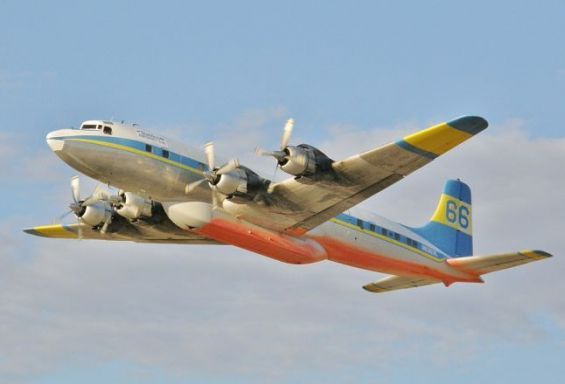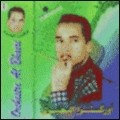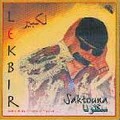In 1988, an American team was on a locust-spraying mission to Western Africa. On December 8 of the same year, the civilians who were boarding two planes, commissioned by the U.S. Agency for International Development to spray locust, were heading to Agadir, Morocco.
Their plan, after leaving Dakar, was to join the battle against locusts in the capital of the Souss region. On their way to Morocco, however, the two planes suffered a missile attack by, what was referred to at the time, as «unknown assailants».
The attack, believed to have been orchestrated by the Polisario militias, shot down the first plane, killing all five crewmembers. In the same attack, the second plane, a DC-7, was damaged and forced down on one engine.
The two DC-7s were owned by T&G Aviation of Chandler, Arizona, which has a contract with AID, Associated Press wrote at the time.
A wrecked plane and a damaged one
While the first plane wrecked, the second one, with five other civilians onboard, managed to land safely in a Sidi Ifni airfield and reported no casualties.
Sergio Tommasoni, a co-owner of the aviation company that owned the two planes and the crew chief of the second plane, told AsP on December 10 that all four men abroad the plane survived and were reported safe in Agadir.
«We were just flying along at about 11,000 feet when, all of a sudden, the first airplane was hit», he recalled. «We saw the smoke and a big ball of fire. One of the engines was in flames. The plane started losing altitude, and then the right wing blew off. I knew they were in trouble, but we had problems of our own», he added.
Indeed, the two planes were fired near where «Marxist rebels have been fighting Morocco for an independent Western Sahara», wrote the same source, referring to Polisario members.
One day after the attack, the US embassy in Rabat reported that the wreckage of the fired down DC-7 lays in «Western Sahara within a 25-mile-wide strip between Mauritania and the most forward positions along a 2,000-mile defense wall built by Morocco».
The statement was later followed by that of US military experts who stressed that the wreckage of the plane was located a few miles east of Bir Lahlou, a desert outpost located between the sand wall and the Mauritanian border. The spot, according to the same source, was located about 1,047 kilometers south of Rabat.
According to AP, the locust-spraying plane exploded at an altitude of about 10,000 feet.
The Polisario blames the incident on Morocco
Reacting to the attack, the State Department said that the FBI was investigating the case to determine who fired the missile at the planes. Meanwhile, American officials alleged that the attackers may have thought the planes were Moroccan.
Morocco also issued a statement denouncing what it called an «act of barbarism» and regretting that the victims were «shot down coldly while they were fulfilling a humanitarian duty».
The Polisario, which was blamed for the attack, had its North American representative at the time, Madjid Abdullah, say that «it would do everything possible to shed full light on this tragic and unfortunate incident».
The Polisario said that it had «no interest in creating an incident with the United States and declared that Morocco must assume responsibility for sending civilian planes over an area with a huge concentration of Polisario forces», AP wrote, following the crashes.
The attack happened only a few years before Morocco and the Polisario signed a ceasefire agreement.





 chargement...
chargement...












